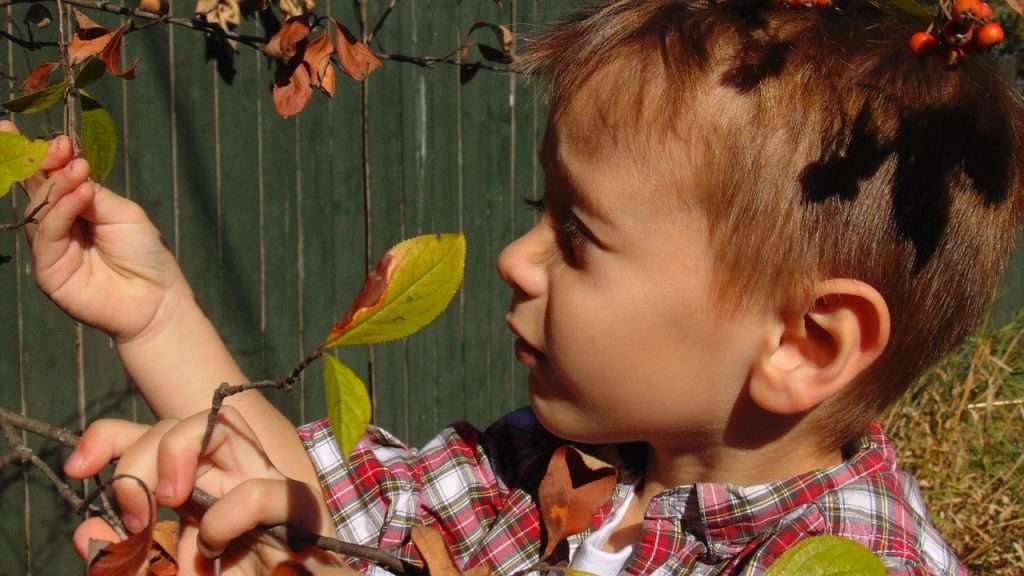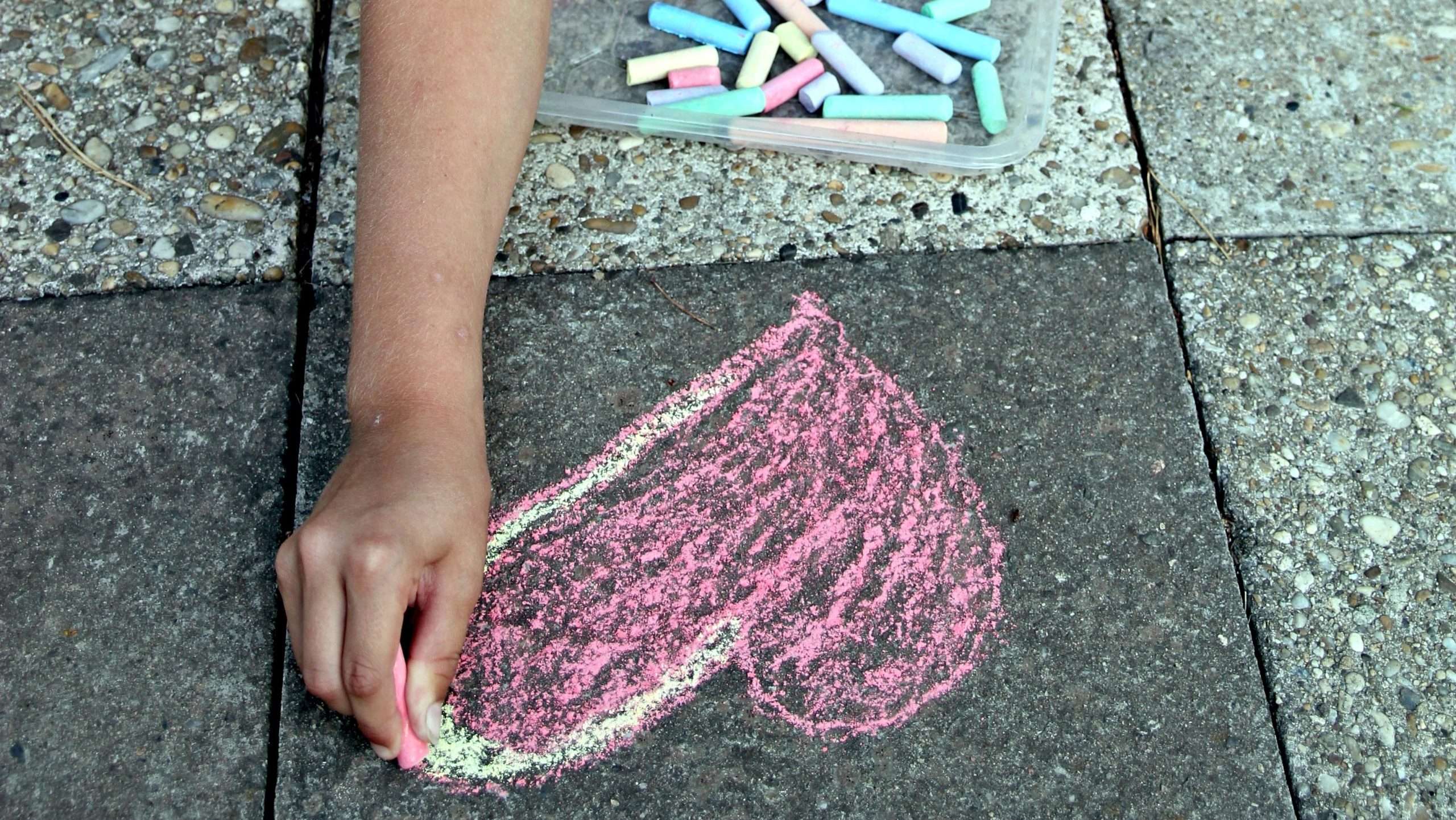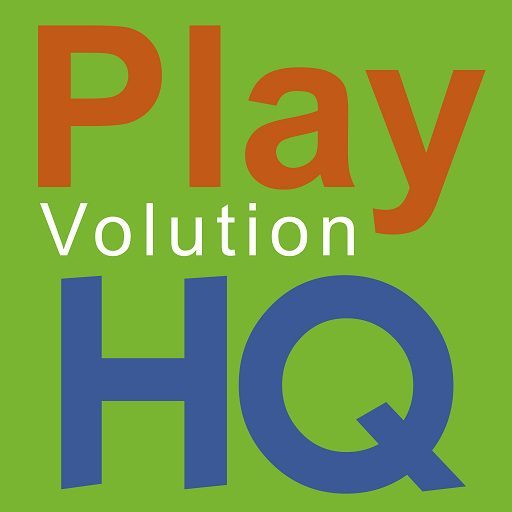
Table of Contents
I ran across the phrase “Left to their own devices” on X this morning and was struck with how helpful the words can be for adults desiring to support child-led play and exploration more fully. “Left to their own devices” invites us to give children room to tap into their curiosity and creativity. It encourages us to support their choices and abilities. It empowers them with agency and autonomy.
This post digs into why embracing this can transform our approach to fostering growth in young learners.
What Does It Really Mean?
“Left to their own devices” means allowing kids to act independently, relying on their ideas and ingenuity without constant adult input. Historically, “devices” hinted at clever or cunning plans or inventions, pointing to the resourcefulness that shines when kids are trusted to lead. For young children, being “left to their own devices” is about creating environments where they can experiment, solve problems, and play freely. It’s like handing them the keys to their imagination and letting them drive.
Why Self-Led Play Matters
When children are “left to their own devices,” research shows they build skills that more formal structured settings and lessons often miss. Unscripted play is a cornerstone of growth, and here’s how it works:
- Creativity And Problem-Solving–Left to their own devices, kids invent games, turn blankets into castles, or transform twigs into tools. A 2018 American Academy of Pediatrics study found that open-ended play boosts divergent thinking—finding multiple ways to tackle a challenge.
- Emotional Resilience–A toppled block tower or a pretend picnic gone wrong teaches kids to bounce back. Left to their own devices, they learn grit through trial and error, free from adult rescues.
- Social Skills–When kids are left to their own devices in groups, they negotiate roles—like who plays the astronaut or the alien—honing communication and teamwork skills.
- Curiosity And Confidence–Left to their own devices, children chase what fascinates them, from mixing paints to chasing bugs. This builds a belief in their own ideas.

How To Embrace “Their Own Devices” In Practice
How do we bring “left to their own devices” into our early learning settings? It’s about setting up opportunities and then letting go. Here are practical ways to do it:
- Set The Stage, Then Retreat–Offer open-ended materials— loose parts—and let kids decide what happens next when left to their own devices.
- Tolerate Mess And Mistakes–Exploration gets messy—spilled juice, strewn toys, or a “failed” project. When left to their own devices, kids tend to be sloppy and chaotic more than tidy and orderly.
- Ask, Don’t Tell–Instead of directing, ask open-ended questions like “What’s your idea here?”
- Carve Out Unstructured Time–In a world of schedules, make time for kids to be left to their own devices. They need big blocks of time for self-directed play and exploration.
- Trust The Process–Kids learn via the iterative learning cycle. They try, fail, evaluate, and refine.

Examples
Here are some real-world examples I just made up:
- Consider two-year-old Liam left his own devices in the kitchen with a pile of plastic lids and a wooden spoon. He bangs them together, stacks them into wobbly towers, and then lines them up to make a bumpy road for his favorite toy car. It’s noisy and scattered as he explores sound, balance, patterns, and more—all driven by his whims.
- Imagine four-year-old Mia, left to her own devices in the backyard with a bucket and shovel. She spends an hour digging, adding water, and molding mud into “pies” she plans to sell to the neighbors. She’s not just playing—she’s testing textures, learning cause and effect, and weaving a story.
- Picture seven-year-old Aisha, a second-grader, left to her own devices in the living room with a box of markers, paper, and string. She starts doodling, then cuts her drawings into shapes, tying them together to make a kite she proudly hangs from the ceiling fan. She’s blending art and engineering as she creates and solves problems.

Wrap-Up
“Left to their own devices” is about believing in kids’ ability to guide their learning. It’s about trusting them with Planning, Preparing, and Playing. This phrase pushes us to loosen our grip and savor the wild, brilliant chaos of self-led discovery.
Next time you see a child deep in play—stacking stones, being The Batman, or staging a toy car race—resist the urge to step in. Instead, quietly observe and attempt to suss out the activity’s developmental benefits. There are probably more than you suspected.
Contribute content to Playvolution HQ
Brought to you by Explorations Early Learning
Browse Trainings
Author
Jeff Johnson is an early learning trainer, podcaster, and author who founded Explorations Early Learning, Playvolution HQ, and Play Haven.
In-Person And Online Training
Learn how to book an in-person or online training for your organization on these early learning topics.
Support The Site
I participate in the Amazon Services LLC Associates Program, an affiliate advertising program designed to provide a means for me to earn fees
by linking to Amazon.com and affiliate sites.
Thanks To Our Patrons
This post was made possible by patrons like these, who generously fund our work:
Supporters
Lissadell Greene Stephanie Goloway Jennifer Stark
Lagina Kozak Michelle Hankins
Marie Messinger Tamara L. Lakin
Fans
Jen Flemming Lizz Nolasco Cynthia J Bays
Susan Warner Kelly Sigalove Shawn Wolf
Vittoria Jimerson Codee Gilbert Wendy Tedford
Monica Morrell Pam Soloman Melissa Franklin
Teresa Watson Erika Felt Autumn Peele
Melissa Taylor Jahmeela Robinson Stacie Manning
Amber Maurina Terra Calamari Anne Jackson
Lagina Kozak Samantha Yeager-Cheevers
Elizebeth McCoy Sammy Cousens Ellen Cogan


Leave a Reply